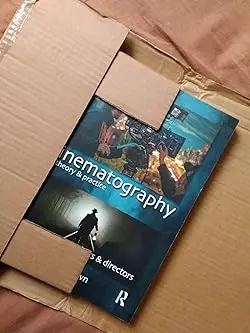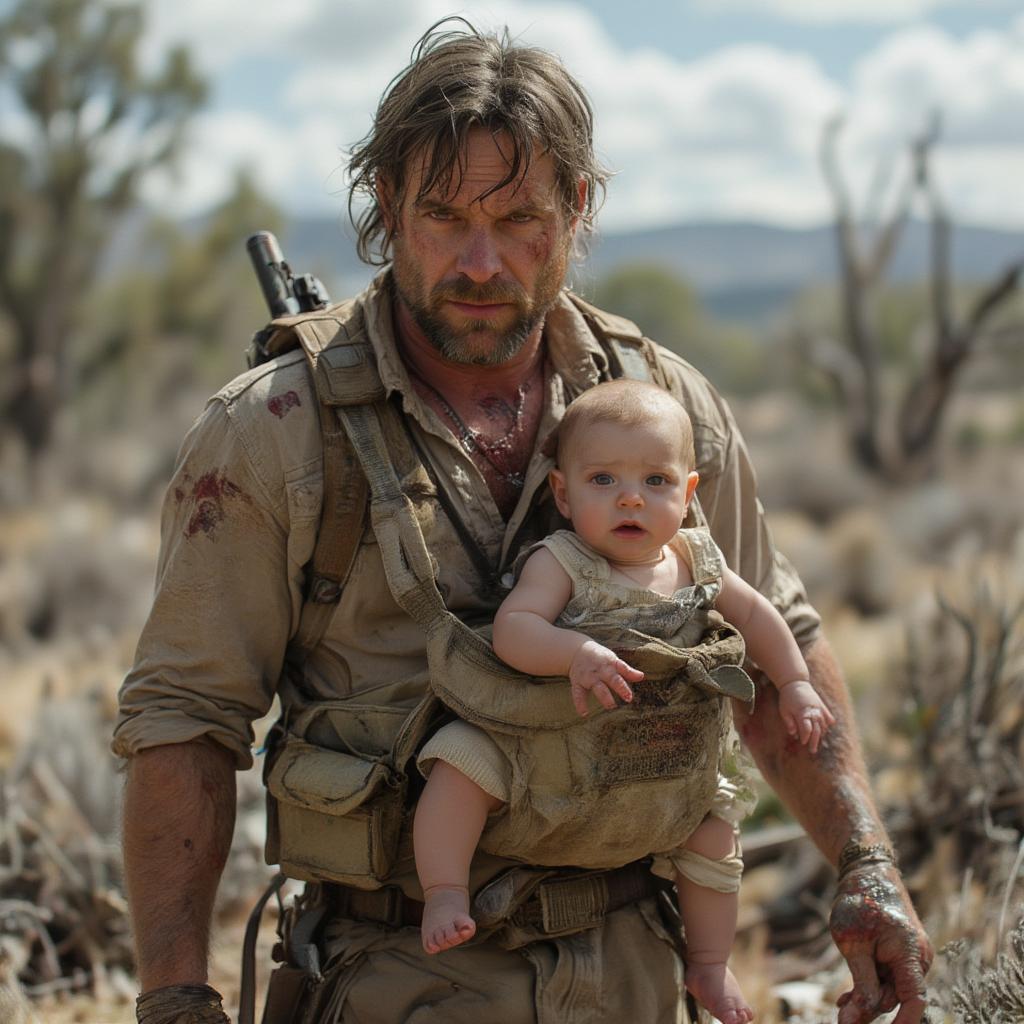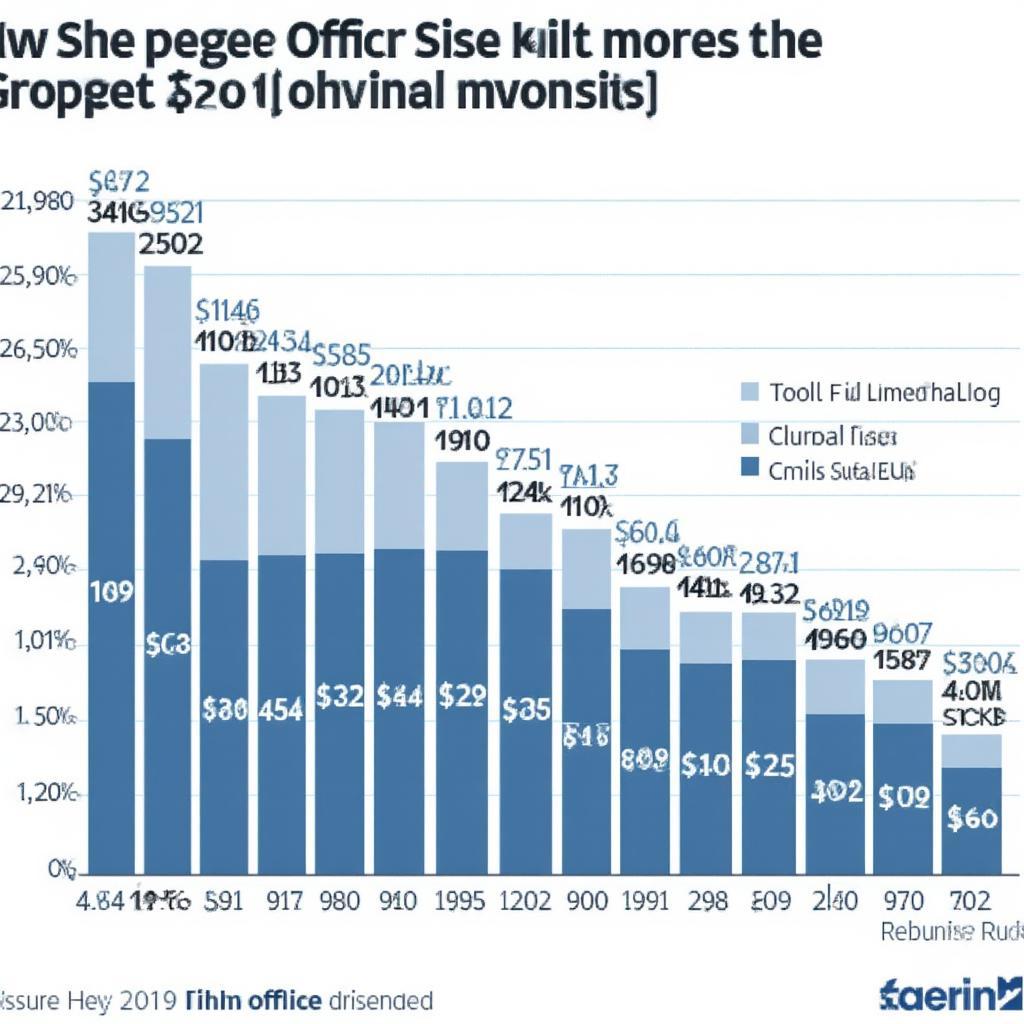Blain Brown’s Cinematography Theory and Practice A Masterclass in Visual Storytelling

Blain Brown cinematography theory and practice, as outlined in his seminal work “Cinematography: Theory and Practice,” stands as a beacon for aspiring and seasoned filmmakers alike. This comprehensive manual transcends a mere technical guide, becoming a bridge that connects the aesthetic artistry of visual storytelling with the intricate world of technical execution. Brown’s work serves as a potent catalyst, empowering filmmakers to delve into the multifaceted realm of cinematography, unlocking the secrets of capturing emotional nuances through carefully crafted visuals. The text delves into both foundational principles, such as visual narrative structure and composition, and modern digital processes, demystifying complex techniques and forging a path for future filmmakers to navigate the ever-evolving landscape of visual expression.
The Artistry of Cinematic Storytelling: Unveiling the Emotional Language of Visuals

Behind every cinematic masterpiece, behind every heart-wrenching scene and every exhilarating moment, lies the artistry of cinematography. Brown’s insights into this intricate craft illuminate the profound impact of visual construction on the emotional tapestry of a film. He breaks down the core elements of cinematic storytelling—lighting, composition, and color theory—exploring their intricate interplay and the power they hold to manipulate an audience’s perceptions.
Illuminating the Narrative: The Language of Light and Shadow

Light, in Brown’s analysis, is not simply a technical element used to illuminate a scene; it is a potent storytelling tool. It molds mood, directs attention, and reveals character in subtle yet impactful ways. Consider, for example, the use of high-key lighting in romantic comedies, which often bathes the characters in a soft, warm glow, reflecting the love and joy present on screen. Conversely, the stark shadows and harsh contrast of film noir use darkness to emphasize the mystery, danger, and intrigue inherent in the genre. Brown’s insightful exploration of light as a narrative tool allows cinematographers to transcend the realm of mere illumination and enter the domain of emotional expression.
Blain Brown cinematography theory and practice – Composition: Framing Emotion and Directing the Gaze

Composition, the art of arranging visual elements within a frame, is an integral aspect of cinematic storytelling. Brown’s exploration of composition goes beyond mere aesthetic considerations, delving into the psychological impact of frame arrangements. He highlights how specific rules of composition, such as the rule of thirds and leading lines, can subconsciously guide the viewer’s gaze, creating a sense of balance, tension, or even intrigue. The placement of a character within a frame, their relationship to the background, and the direction of their gaze all contribute to a deeper understanding of their emotions, intentions, and their place within the narrative.
The Language of Color: Evoking Emotion and Shaping Perception

The power of color in filmmaking extends far beyond mere aesthetic appeal. Brown’s detailed examination of color theory delves into the emotional and psychological impact of color palettes, emphasizing how carefully chosen colors can influence an audience’s perception of a character, scene, or overall narrative. Warm colors, such as reds and yellows, often evoke feelings of passion, warmth, and excitement, while cooler colors, like blues and greens, are frequently associated with calmness, serenity, or melancholy. By understanding the language of color, cinematographers can paint a rich tapestry of emotions, enhancing the narrative and forging a deeper connection between the audience and the visual elements on screen.
Crafting the Technical Vision: Mastering the Tools of Modern Cinematography

Brown’s book acts as a roadmap through the labyrinthine world of modern filmmaking technology, offering a clear and concise understanding of the tools available to cinematographers. He demystifies complex technical concepts, providing both a theoretical and practical framework for aspiring and seasoned filmmakers alike.
Navigating the Digital Landscape: Embracing Technology’s Power
Brown embraces the transformative power of digital technology in filmmaking, recognizing that it offers unprecedented creative control and versatility. He guides readers through the complexities of digital sensor technology, image control, and post-production tools, providing practical insights on how best to leverage these advancements for artistic expression. He acknowledges the challenges that digital filmmaking presents, such as the potential for over-processing and the importance of maintaining a sense of artistic integrity within the digital realm.
The Camera as an Artistic Tool: Beyond Technical Specifications
Brown emphasizes that the camera is not simply a recording device; it is an artistic tool that requires skill and vision to wield. He encourages aspiring cinematographers to look beyond technical specifications and engage with the camera as an instrument capable of capturing not just images, but also emotions, moments, and the essence of a story. His insights allow for a deeper understanding of focal length, aperture, and other technical aspects, revealing how they can be used to manipulate the viewer’s experience and create a dynamic and engaging visual narrative.
Lighting: From Technical Skill to Artistic Expression
Light, a fundamental element of cinematography, is examined in depth, transcending the realm of mere technical knowledge and entering the domain of artistic expression. Brown delves into the various techniques used to manipulate light, from key lights and fill lights to practical sources and ambient lighting. He highlights the nuances of color temperature and diffusion, demonstrating how these elements can shape mood, define characters, and heighten the emotional impact of scenes. He emphasizes the importance of developing an eye for light, recognizing its ability to transform a scene from ordinary to extraordinary, to evoke a sense of intimacy or grandeur, and to guide the viewer’s attention towards the most salient details.
The Future of Visual Storytelling: Embracing a Dynamic and Evolving Landscape

Brown’s work ultimately delves into the future of cinematography, urging filmmakers to embrace the constant evolution of technology while holding true to the core principles of artistic expression. He acknowledges the challenges and opportunities presented by the convergence of technology and creative vision, challenging filmmakers to envision their role in a dynamic and ever-changing landscape.
The Democratization of Filmmaking: Access and New Sensibilities
Technology, while often seen as a disruptive force in the film industry, also presents opportunities for democratization. Brown acknowledges the advancements in camera technology and software that have made filmmaking more accessible, empowering independent filmmakers and widening the pool of creative voices. He also recognizes that this democratization of filmmaking calls for new artistic sensibilities, prompting filmmakers to adapt to a constantly evolving landscape and explore new visual narratives.
The Intersection of Art and Technology: A New Era of Visual Storytelling
The future of visual storytelling lies at the nexus of art and technology. Brown encourages filmmakers to embrace this intersection, incorporating technology into their creative process without sacrificing their artistic vision. This means navigating the complexities of digital tools with finesse, understanding the technical aspects of filmmaking without compromising on artistic integrity, and developing a keen eye for visual storytelling that transcends technological boundaries.
The Evolution of Cinematography: A Continual Journey of Exploration
Cinamatography is not a static art form; it is a continually evolving field, constantly shaped by technological advancements and the creative vision of filmmakers. Brown urges cinematographers to embrace this evolution, to stay abreast of new technology while remaining grounded in the fundamentals of artistic expression. He encourages them to approach their craft with a sense of experimentation, to push creative boundaries, and to develop a lifelong learning attitude that allows them to adapt and innovate as the landscape of visual storytelling continues to evolve.
Conclusion: A Legacy of Inspiration and Empowerment

Blain Brown’s “Cinematography: Theory and Practice” stands as a testament to the enduring power of visual storytelling, bridging the gap between technical expertise and artistic vision. Through his comprehensive approach, Brown empowers filmmakers to explore the intricate world of cinematography, to unlock the secrets of visual narrative, and to embrace the evolving landscape of visual expression. His book is not merely a guide; it is a beacon of inspiration, reminding filmmakers of the profound impact they have on the way we perceive and engage with the world, and encouraging them to become masterful storytellers, weaving intricate emotional tapestries for audiences worldwide.





